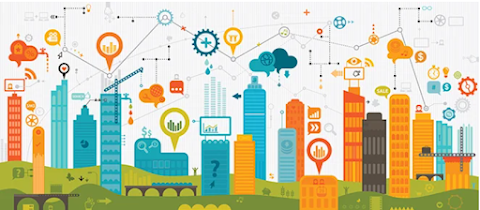Is it time to upgrade or move to a new ERP?
Interesting question but why are you asking this question in the first place, there are several reasons, it can be business-related or technology challenges. Whatever the reason you don't need to make the decision alone. Here are some scenarios that businesses might encounter why they're thinking about upgrading or moving:
Business-related
- We've experienced rapid growth, we're opening new warehouses & distribution centers, we're hiring new people and doubled our headcount. This system can't grow as fast.
- We've been using this system since we started the company, it's been X years and this system is not doing what we want anymore.
- We've introduced new businesses and new channels. The system was upgraded with add-ons and work around but it's not working for us.
- We have compliance requirements; we need to change our processes, but this system is not flexible enough.
Technology challenges
- This version has reached its End of Life (EOL) and won't be supported by the vendor anymore, I think it's time to find another platform.
- We've customized the heck out of this system. We have hired developers to maintain the system for years. The Total Cost of Ownership (TCO) is too high that it's better for us to upgrade to the latest version or find another system.
- We need to integrate our ERP with other systems so we don't need to duplicate our work, the ERP technology is so old that it's not possible.
Do any of this apply to your situation? Surprise, you're not alone. Most companies go through this situation every 5 to 10 years. Is there a quick answer to your question? The answer is No.
Let's answer the who, why, what and how.
Who can help answer the question? This is a collective effort between your IT, your ERP partner & vendor if they're different and I highly recommend a 3rd-party consultant who doesn't have any vested interest to your vendor or partner.
What's the best process to get the answer? There are several ways to do this, and it all depends on your time; how much do you want to spend and your resources. The best way is RFP or Request for Proposal. This will require more time but it's very detailed and will give you the best result.
Why do we need resources & time? ERP is not just a system or application, ERP consist of different processes - Order to cash (OTC), Procure to pay (PTP) and others. You need to get the business requirements from each business process owners & Stakeholders. Once you complete this process then you consolidate this to your RFP. You send this to your ERP partner and maybe even other ERP vendors.
How can we know from the process that we should upgrade or stay with our current system?
If you decide to do the RFP route then at the end of the process you will fill out a vendor scorecard and if your current vendor or current system comes out as the top scorer then you don't need to spend money upgrading.
The most difficult part of this process is finding the right system and partner. RFP will help you find both if you do this process methodically. Don't rush the process, find a good partner to help you with this process because like I said, you don't do this every full moon.
Duke del Prado has over 25 year's experience helping businesses find the right systems and partners for different enterprise applications like ERP, CRM, eCommerce, POS, EDI and others.






